Home>Storage & Organization>Kitchen Organizing Tools>How To Organize The Kitchen
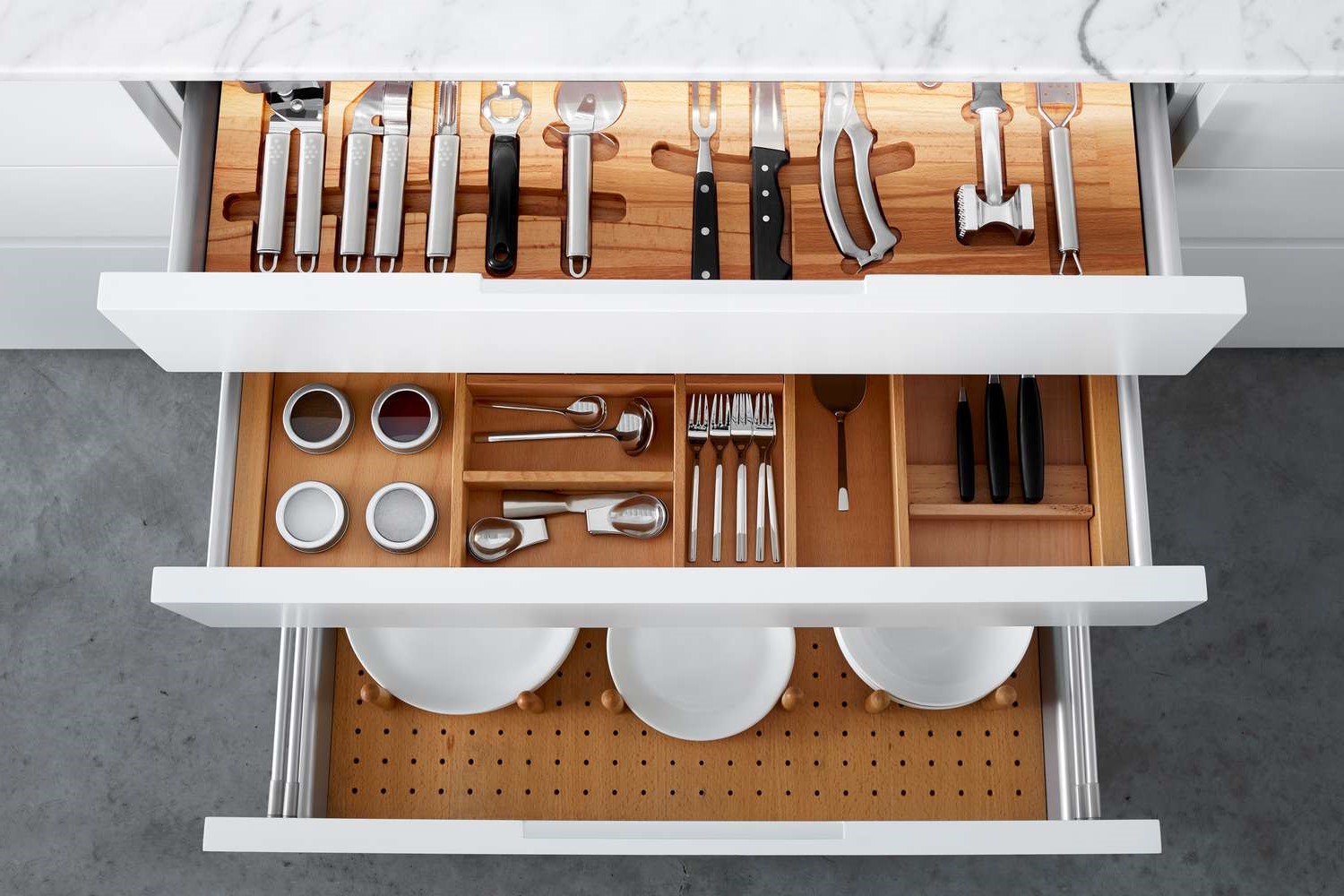

Kitchen Organizing Tools
How To Organize The Kitchen
Modified: March 23, 2024
Discover the best kitchen organizing tools and tips to declutter and streamline your space. Find practical solutions for a more efficient and tidy kitchen.
(Many of the links in this article redirect to a specific reviewed product. Your purchase of these products through affiliate links helps to generate commission for Storables.com, at no extra cost. Learn more)
Planning Your Kitchen Layout
When it comes to organizing your kitchen, the first step is to plan your layout. A well-organized kitchen layout can make cooking and meal prep more efficient and enjoyable. Here are some tips to help you plan your kitchen layout effectively:
-
Assess Your Space: Take a good look at your kitchen and assess the available space. Consider the size and shape of the room, as well as the location of windows, doors, and electrical outlets. This will help you determine the best placement for your appliances, cabinets, and work areas.
-
Work Triangle: Keep the concept of the "work triangle" in mind. This refers to the ideal positioning of the stove, refrigerator, and sink in a triangular layout, allowing for easy movement between these key areas. Ensuring that these elements are conveniently located can streamline your cooking process.
-
Functional Zones: Divide your kitchen into functional zones based on the tasks you perform. For example, create a food prep zone near the countertop, a cooking zone near the stove, and a cleaning zone near the sink. This will help you organize your kitchen in a way that makes sense for your daily activities.
-
Traffic Flow: Consider the traffic flow in your kitchen. Ensure that there is enough space for people to move around comfortably, especially if you have a busy household. Avoid placing obstacles in high-traffic areas to prevent congestion and accidents.
-
Storage: Plan for ample storage space. This includes cabinets, drawers, and pantry storage. Think about the items you use frequently and ensure that they are easily accessible. Utilize vertical space with tall cabinets or shelving to maximize storage capacity.
By carefully planning your kitchen layout, you can create a space that is not only organized but also tailored to your specific needs and cooking habits.
Key Takeaways:
- Plan your kitchen layout by considering work triangle, functional zones, traffic flow, and ample storage. Tailor your space to your needs for an efficient and enjoyable cooking experience.
- Declutter, sort, and organize cabinets, drawers, and pantry. Keep frequently used items within reach and implement labeling for easy access. Create functional work zones to streamline cooking processes.
Decluttering and Sorting
Decluttering and sorting are essential steps in organizing your kitchen. Here's how to tackle this crucial phase:
-
Empty Your Cabinets and Drawers: Start by taking everything out of your cabinets and drawers. This allows you to see all your items at once and makes it easier to decide what to keep, donate, or discard.
-
Sort Through Your Items: As you go through your kitchen items, categorize them into groups such as cookware, utensils, dishes, and food items. This will help you assess how much you have of each category and determine the best storage solutions for them.
-
Purge Unnecessary Items: Be ruthless when decluttering. If you have items that are broken, unused, or duplicates, it's time to let them go. Consider donating gently used items to minimize waste and help others in need.
-
Evaluate Your Storage Needs: Take stock of your kitchen storage and assess whether you have the right containers, organizers, and shelving to accommodate your items. This will guide you in determining what additional storage solutions you may need.
-
Consider Your Cooking Habits: When sorting through your kitchen items, consider your cooking habits. Keep items that you use regularly and consider the frequency of use when deciding where to store them.
-
Organize Your Countertops: Decluttering also applies to your countertops. Keep only the essential items, such as frequently used appliances or cooking tools, on the countertops to maintain a clean and organized workspace.
By decluttering and sorting through your kitchen items, you can create a more streamlined and efficient space, setting the stage for the next steps in organizing your kitchen.
Organizing Cabinets and Drawers
Organizing cabinets and drawers is a crucial aspect of creating an efficient and functional kitchen. Here's how to tackle this task effectively:
-
Empty and Clean: Start by emptying out your cabinets and drawers. This allows you to thoroughly clean the interior spaces and reassess the layout. Wipe down the surfaces and consider adding shelf liners to protect the cabinets and keep them clean in the long run.
-
Group Similar Items: Categorize your kitchen items into groups such as pots and pans, food storage containers, cooking utensils, and dinnerware. This will help you visualize how to best organize them within the cabinets and drawers.
-
Utilize Vertical Space: Make use of vertical space by adding stackable shelves or cabinet organizers. This can help maximize the storage capacity of your cabinets, especially for items like plates, baking sheets, and cutting boards.
-
Drawer Dividers: Invest in drawer dividers to keep utensils, flatware, and small kitchen gadgets neatly organized. Dividers prevent items from shifting around and getting mixed up, making it easier to locate what you need.
-
Adjustable Shelving: If possible, consider installing adjustable shelving in your cabinets. This allows you to customize the spacing between shelves to accommodate items of various sizes, ensuring efficient use of the available space.
-
Store Frequently Used Items Within Reach: Keep frequently used items within easy reach. Place everyday dishes, glasses, and cooking utensils in the most accessible cabinets and drawers to streamline your daily kitchen activities.
-
Labeling: Consider using labels or clear storage containers to identify the contents of your cabinets and drawers. This can help you quickly locate specific items and maintain the organization over time.
-
Utilize Cabinet Doors: Don't overlook the insides of cabinet doors. Install hooks or racks to hang pot lids, measuring cups, or small kitchen tools. This makes use of otherwise unused space and keeps these items easily accessible.
By organizing your cabinets and drawers thoughtfully, you can create a well-structured kitchen storage system that enhances efficiency and reduces clutter.
Maximizing Pantry Space
Maximizing the space in your pantry is essential for creating an organized and functional kitchen. Here are some effective strategies to make the most of your pantry storage:
-
Assess Your Inventory: Start by taking stock of the items in your pantry. Group similar items together, such as canned goods, dry goods, spices, and snacks. This will give you a clear understanding of your inventory and help you plan the pantry layout accordingly.
-
Adjustable Shelving: Consider installing adjustable shelving in your pantry to accommodate items of various heights. This flexibility allows you to customize the space based on your storage needs, whether it's for tall cereal boxes or shorter jars of spices.
-
Utilize Door Storage: Make use of the inside of your pantry door by adding an over-the-door organizer or a hanging rack. This space can be used to store small items such as spices, condiments, or kitchen wraps, freeing up shelf space for larger items.
-
Clear Containers: Transfer dry goods such as rice, pasta, and grains into clear, airtight containers. Not only does this keep your pantry looking tidy, but it also helps you easily identify the contents and ensures the freshness of the stored items.
-
Stackable Bins and Baskets: Utilize stackable bins and baskets to corral similar items together. Group snacks, baking supplies, or canned goods in labeled bins to keep them organized and easily accessible.
-
Vertical Storage: Maximize vertical space by using stackable shelves or tiered organizers. This allows you to create additional levels for storing items, making the most of the available space from floor to ceiling.
-
Pull-Out Drawers or Baskets: If your pantry has deep shelves, consider installing pull-out drawers or baskets. These accessories make it easier to access items stored at the back of the shelves, preventing items from getting lost or forgotten.
-
Labeling System: Implement a labeling system to clearly mark the contents of shelves, bins, and containers. This not only helps you find items quickly but also maintains the organization of your pantry over time.
By implementing these strategies, you can transform your pantry into an efficient storage space that accommodates your kitchen essentials while keeping everything neatly organized and easily accessible.
Use clear containers to store dry goods like flour, sugar, and rice. This makes it easy to see what you have and keeps everything organized.
Creating Functional Work Zones
Creating functional work zones in your kitchen is essential for optimizing efficiency and productivity. By dividing your kitchen into distinct work areas, you can streamline your cooking and meal preparation processes. Here's how to create functional work zones in your kitchen:
-
Food Prep Zone: Designate a specific area for food preparation, ideally near the sink and countertop. Keep essential tools such as cutting boards, knives, and mixing bowls within easy reach. Consider installing a pull-out cutting board or adding a dedicated surface for chopping and prepping ingredients.
-
Cooking Zone: The cooking zone should be centered around the stove or cooktop. Store pots, pans, and cooking utensils in this area for quick access. Keep potholders, spatulas, and cooking oils within arm's reach to facilitate a seamless cooking experience.
-
Cleaning Zone: The cleaning zone should be situated near the sink and dishwasher. Store dish soap, sponges, and cleaning supplies under the sink for easy access. Consider adding a designated area for air-drying dishes and a trash bin for convenient disposal of food scraps and packaging.
-
Storage Zone: Create a storage zone for non-perishable items, such as canned goods, dry ingredients, and pantry staples. Utilize adjustable shelving and clear containers to keep items organized and visible. Consider implementing a first-in, first-out system to ensure that older items are used before newer ones.
-
Beverage Station: If space allows, consider incorporating a beverage station for coffee, tea, or other drinks. Keep mugs, glasses, and beverage-making essentials in this area to minimize traffic in the main cooking and prep zones.
By creating these functional work zones, you can optimize the layout of your kitchen and tailor it to your specific cooking habits and workflow. This approach not only enhances efficiency but also contributes to a more organized and enjoyable cooking environment.
Utilizing Storage Solutions
When it comes to organizing your kitchen, utilizing effective storage solutions is key to maximizing space and maintaining a clutter-free environment. Here are some practical storage solutions to consider implementing in your kitchen:
-
Pull-Out Shelves: Install pull-out shelves in lower cabinets to make it easier to access items stored at the back. These shelves allow you to retrieve pots, pans, and small appliances without having to rummage through the depths of the cabinet.
-
Lazy Susans: Lazy Susans are rotating trays that can be placed in corner cabinets or on pantry shelves. They provide easy access to items stored in the back of deep cabinets, allowing you to efficiently utilize the entire space.
-
Under-Cabinet Storage: Make use of the underside of your cabinets by adding hooks or racks to hang mugs, wine glasses, or utensils. This not only frees up cabinet space but also adds a decorative element to your kitchen.
-
Vertical Dividers: Incorporate vertical dividers in your cabinets to store baking sheets, cutting boards, and serving trays upright. This prevents these items from getting stacked on top of each other, making it easier to retrieve the one you need.
-
Hanging Pot Racks: If you have limited cabinet space, consider installing a hanging pot rack above your kitchen island or in an open area. This not only provides a stylish storage solution but also keeps your pots and pans easily accessible.
-
Overhead Storage: Utilize overhead space by installing a hanging rack or shelf for storing items that are not frequently used. This can include large serving platters, seasonal cookware, or decorative kitchen accessories.
-
Magnetic Strips: Mount magnetic strips on the wall to store knives, spice jars, and other metal kitchen tools. This not only keeps these items within reach but also adds a modern and functional touch to your kitchen decor.
-
Stackable Containers: Invest in stackable containers for storing dry goods, snacks, and pantry staples. These containers help maximize shelf space and keep your ingredients organized and fresh.
By incorporating these storage solutions into your kitchen, you can optimize the available space and create a well-organized environment that enhances your cooking experience.
Maintaining Your Organized Kitchen
Maintaining an organized kitchen is essential for sustaining the efficiency and functionality of your culinary space. Once you have invested the time and effort into organizing your kitchen, it's important to establish habits and routines that will help preserve the order and cleanliness. Here are some practical tips for maintaining your organized kitchen:
-
Daily Cleaning Routine: Incorporate a daily cleaning routine into your schedule to keep your kitchen tidy and organized. Wipe down countertops, clean up spills, and put away dishes and utensils promptly to prevent clutter from accumulating.
-
Regular Decluttering: Set aside time at regular intervals to declutter and reorganize your kitchen. Check for expired food items, discard unnecessary packaging, and reassess the placement of items to ensure they are still organized in a way that makes sense for your workflow.
-
Mindful Storage: Be mindful of how you store items in your kitchen. Return items to their designated places after use and avoid creating unnecessary clutter on countertops and surfaces. Encourage other household members to follow the same practice to maintain the organized environment.
-
Maintenance of Storage Solutions: Periodically inspect and maintain the storage solutions in your kitchen. Check for any wear and tear on drawer dividers, shelf liners, and organizers, and replace or repair them as needed to ensure they continue to function effectively.
-
Labeling and Inventory: Maintain a labeling system for your pantry items and storage containers to keep track of their contents. Regularly take inventory of your pantry and kitchen supplies to avoid overstocking and to use items before they expire.
-
Adapt to Changing Needs: As your cooking habits and kitchen requirements evolve, be open to adjusting your organization strategies. Reassess the layout and storage solutions in your kitchen to accommodate any changes in your lifestyle or culinary preferences.
-
Encourage Family Participation: Involve your family members in maintaining the organized kitchen. Assign specific tasks and responsibilities to each family member to ensure that everyone contributes to keeping the kitchen organized and clutter-free.
By incorporating these maintenance practices into your daily routine, you can uphold the organization and efficiency of your kitchen, creating a pleasant and functional space for meal preparation and culinary creativity.
Frequently Asked Questions about How To Organize The Kitchen
Was this page helpful?
At Storables.com, we guarantee accurate and reliable information. Our content, validated by Expert Board Contributors, is crafted following stringent Editorial Policies. We're committed to providing you with well-researched, expert-backed insights for all your informational needs.
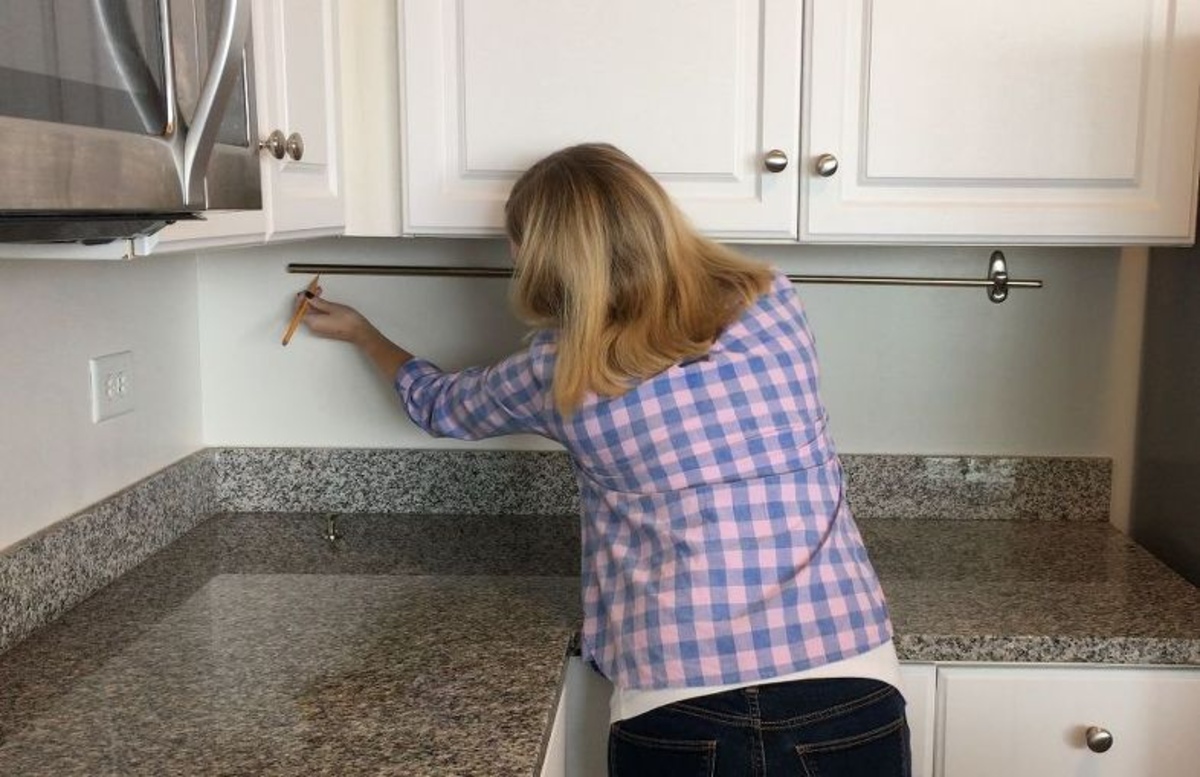
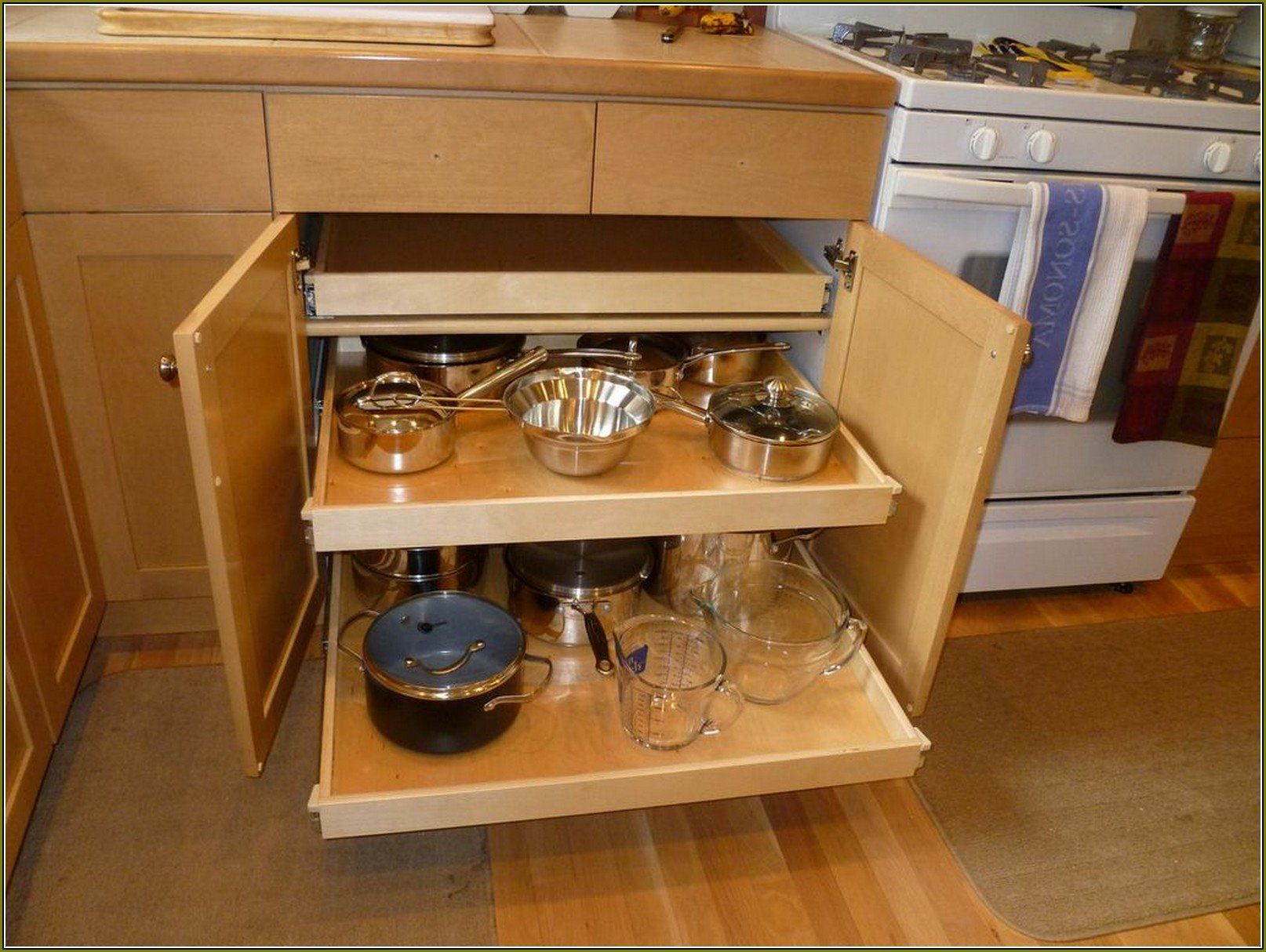
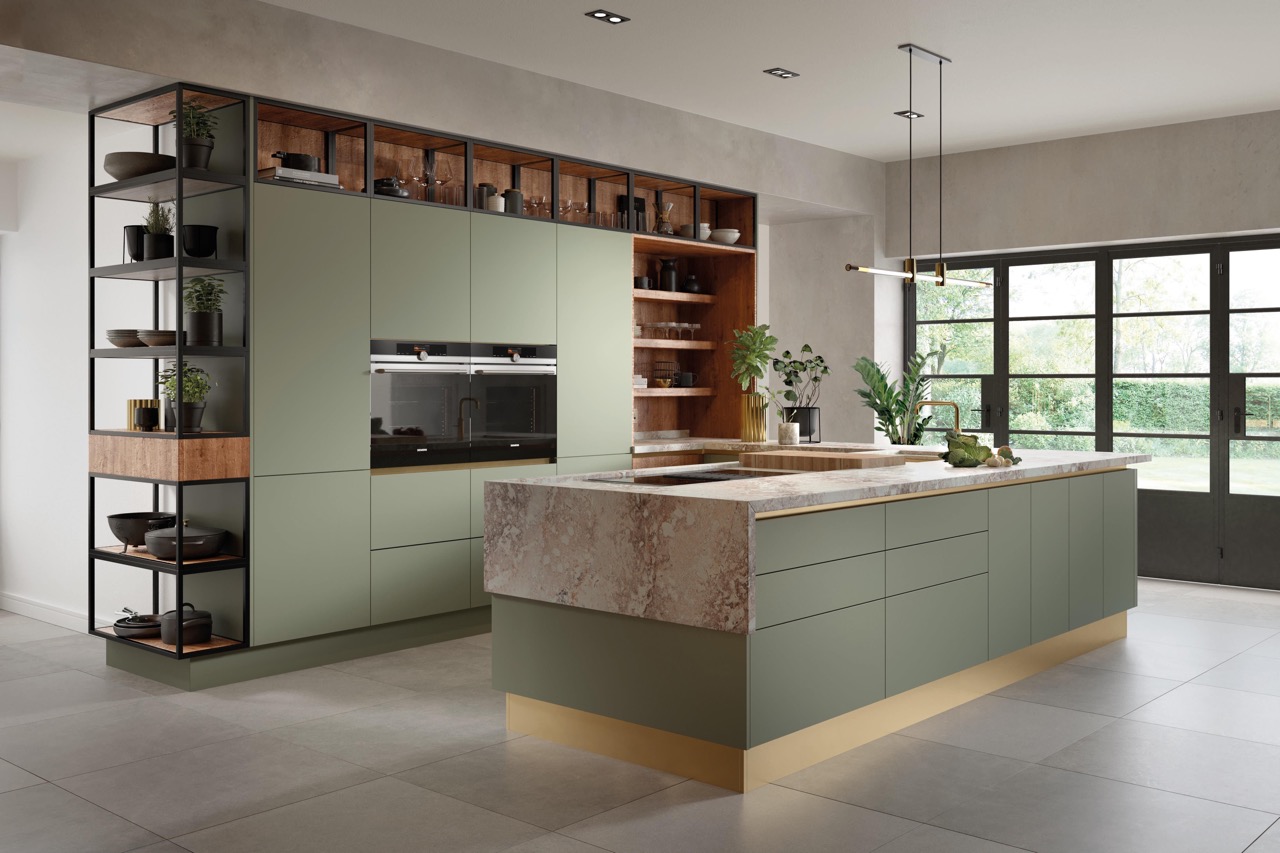
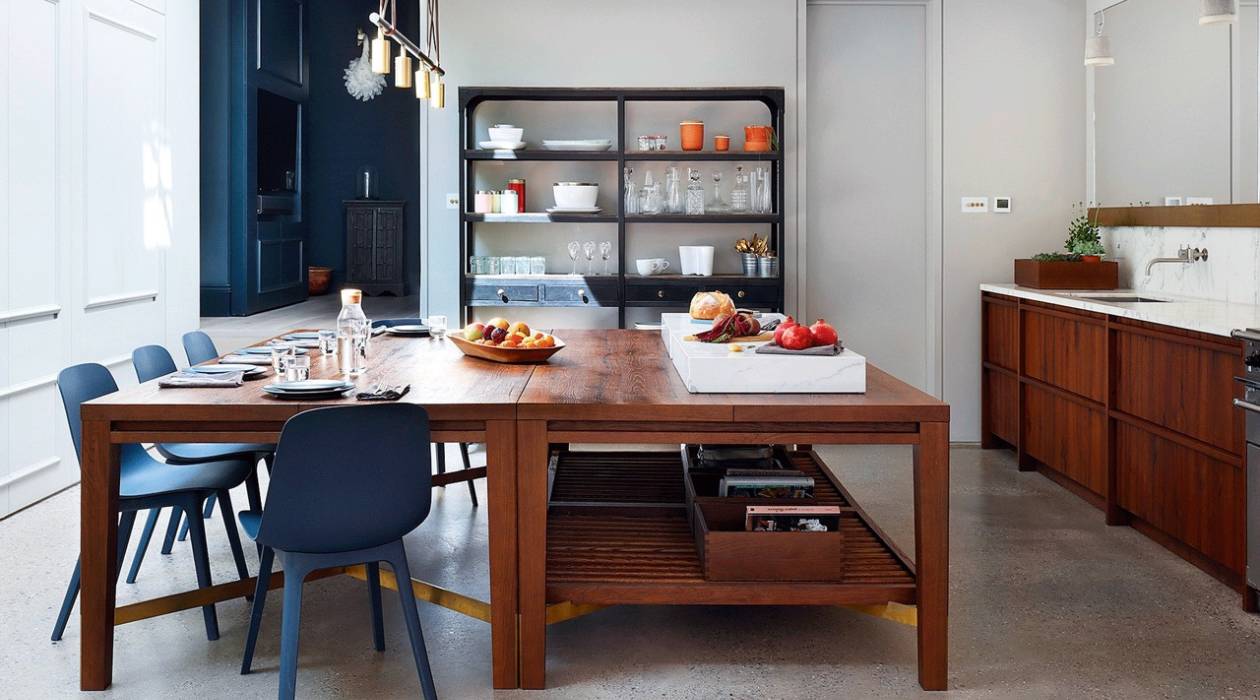
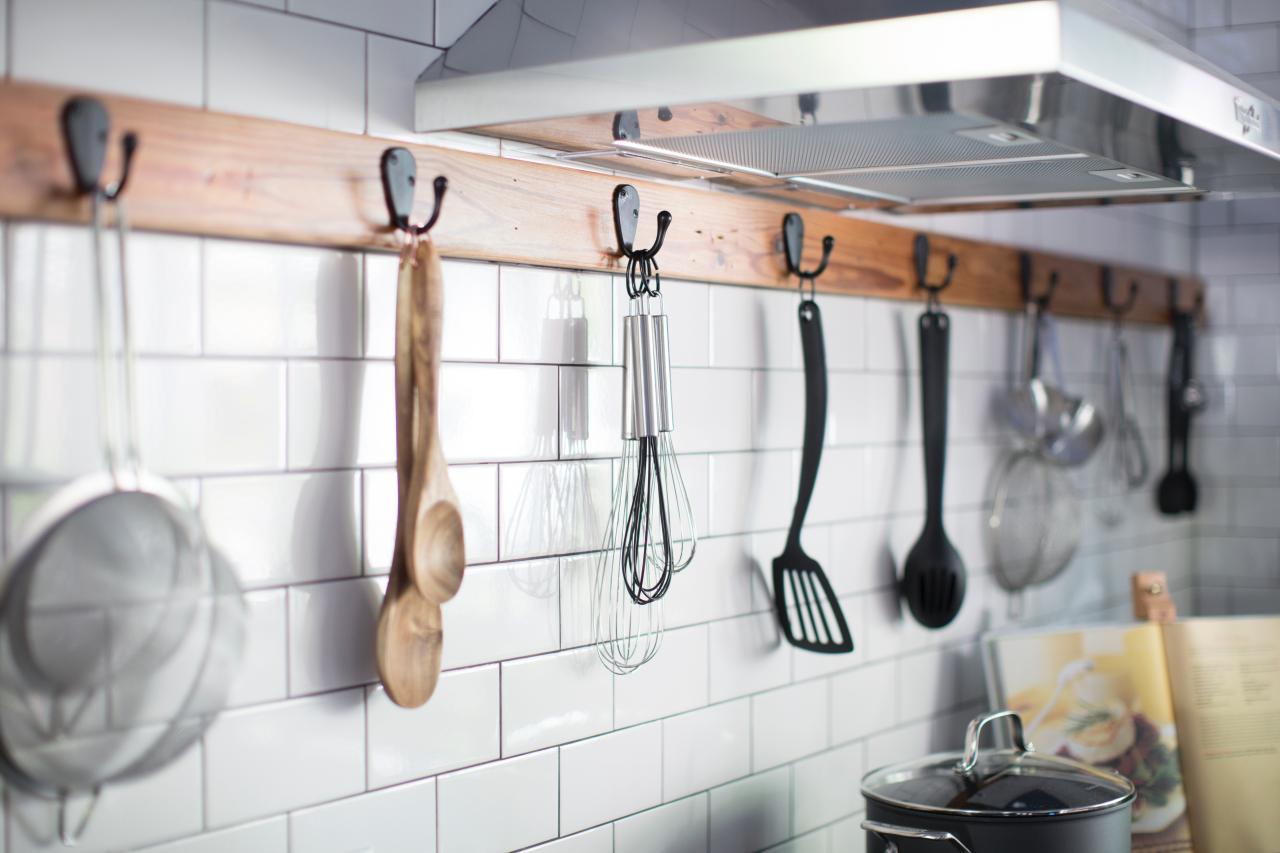
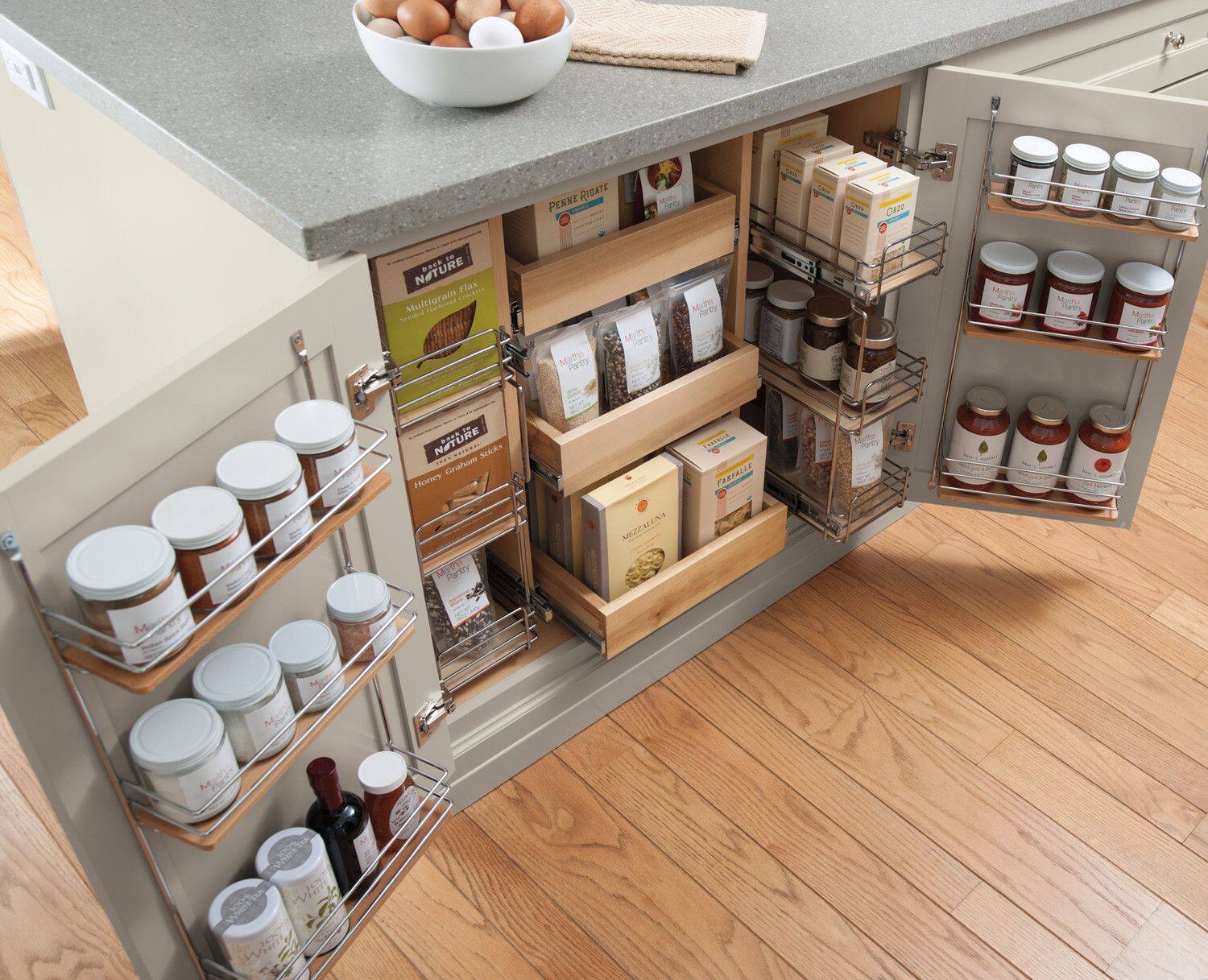
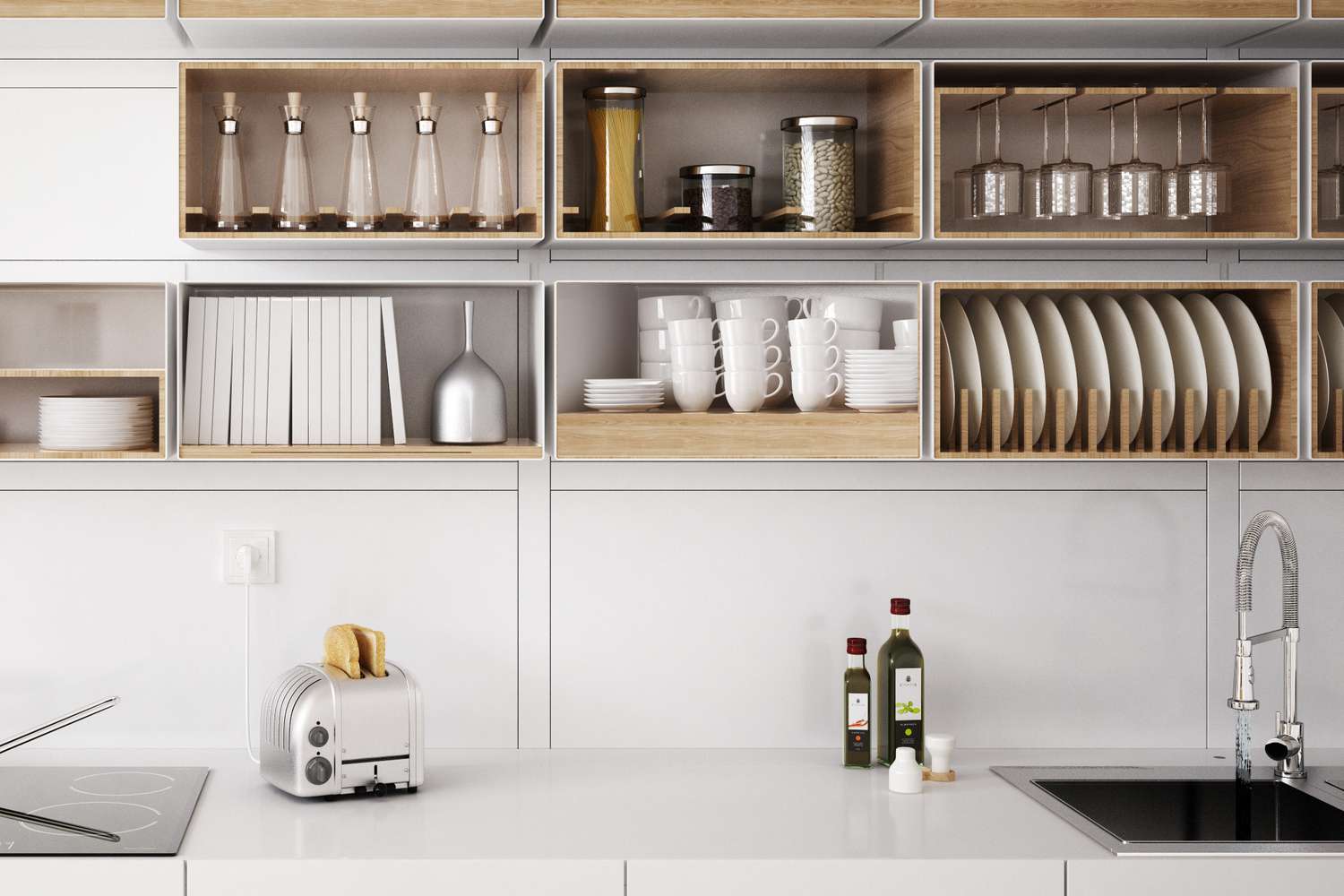
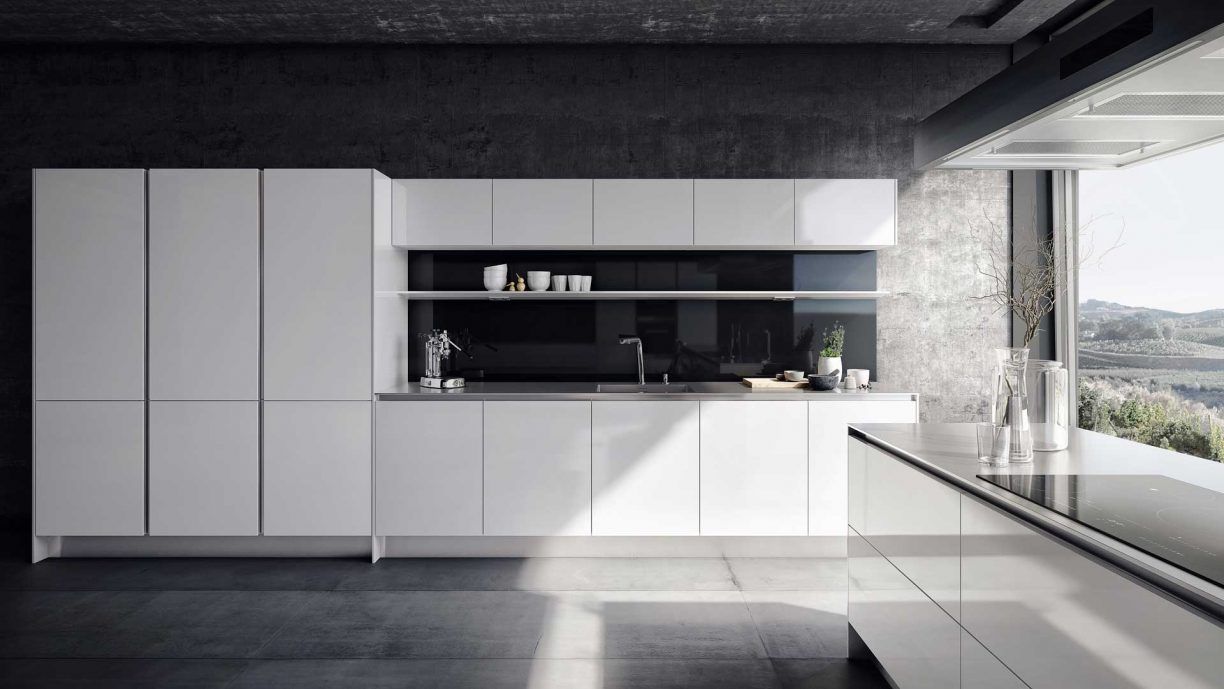

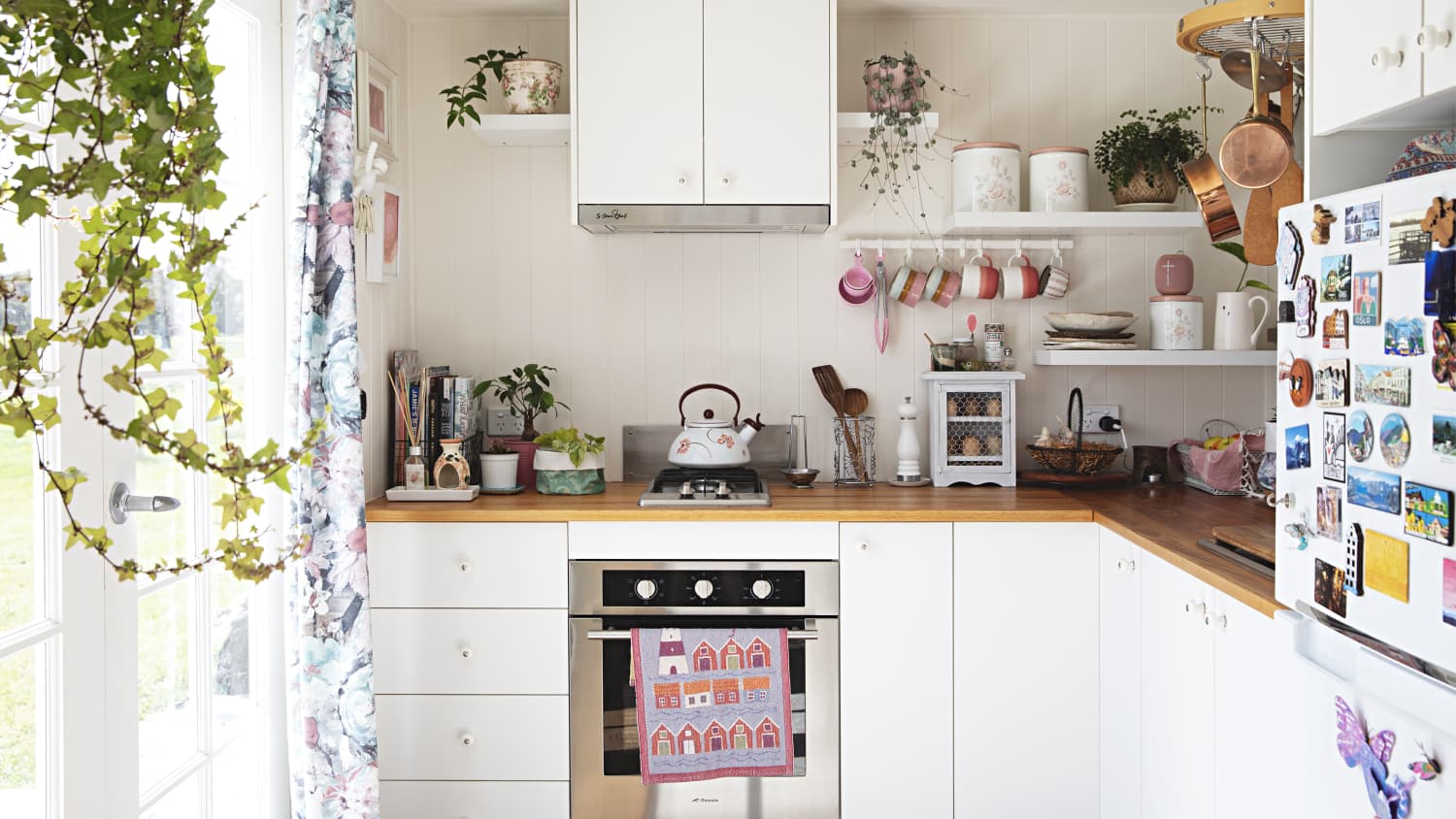
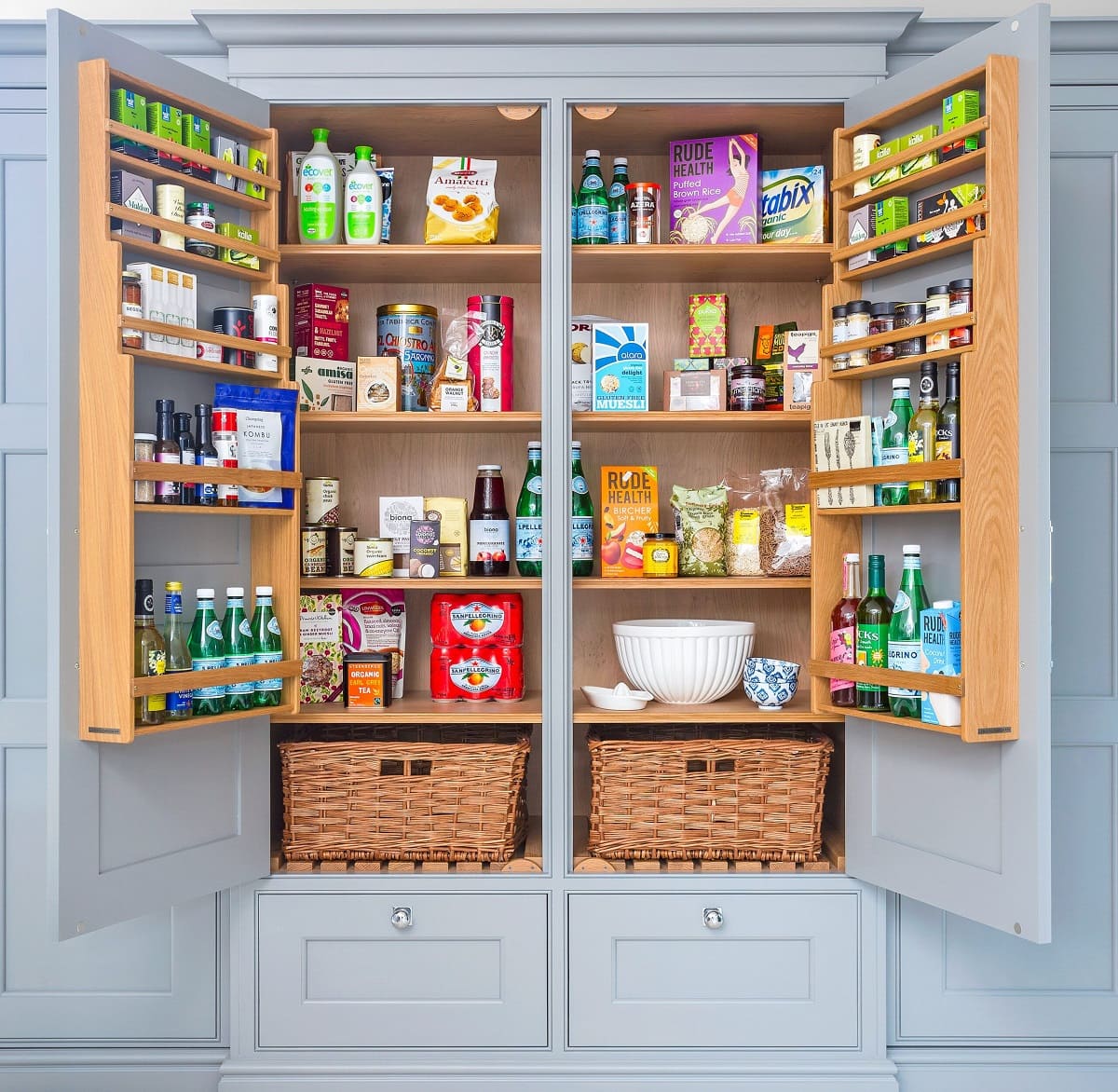

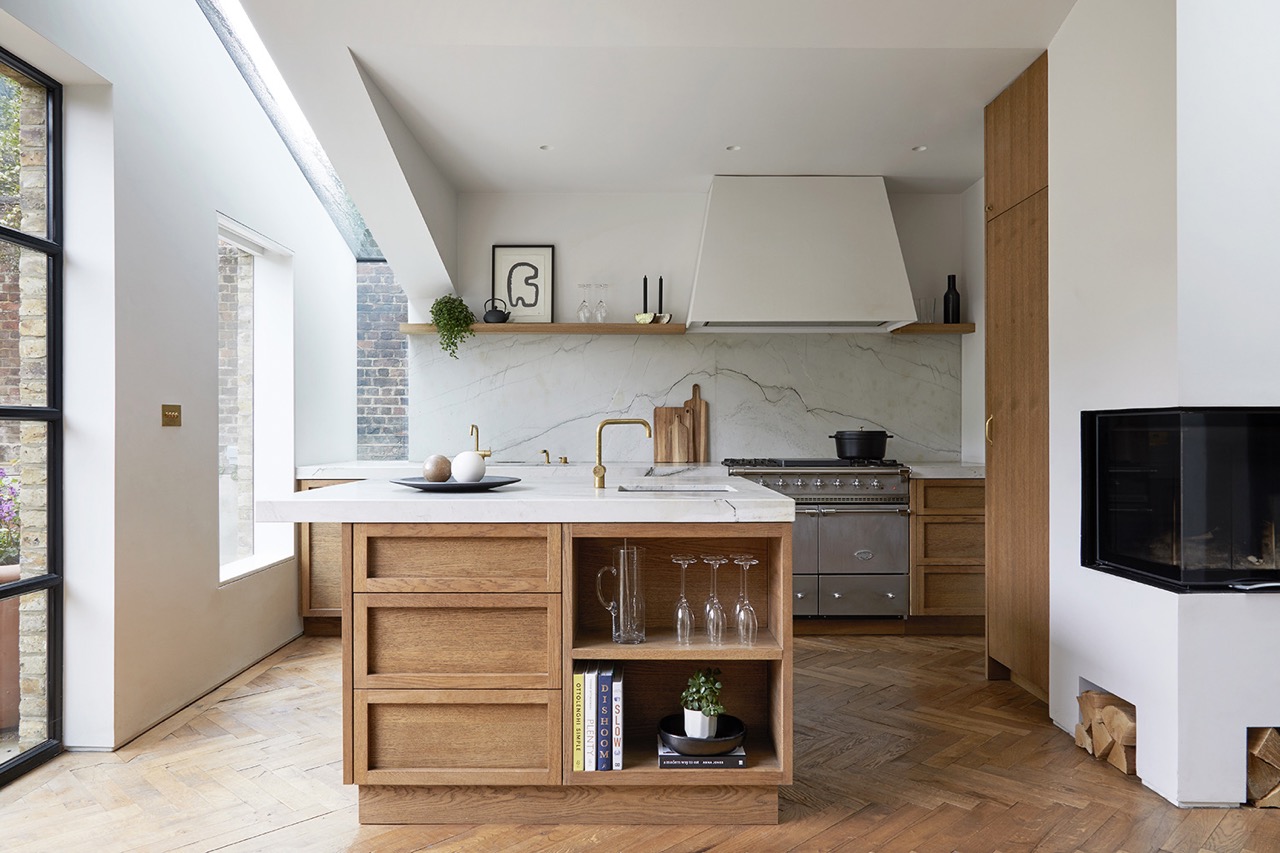
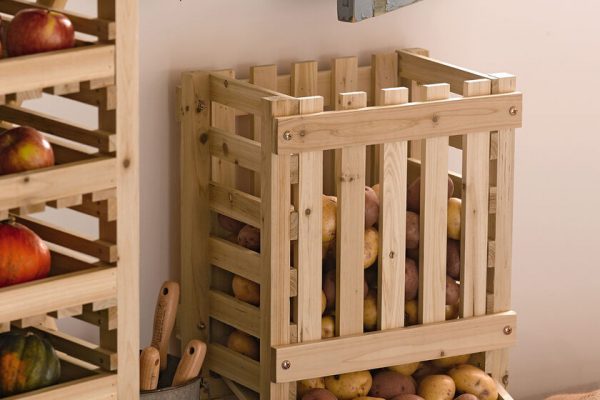

0 thoughts on “How To Organize The Kitchen”